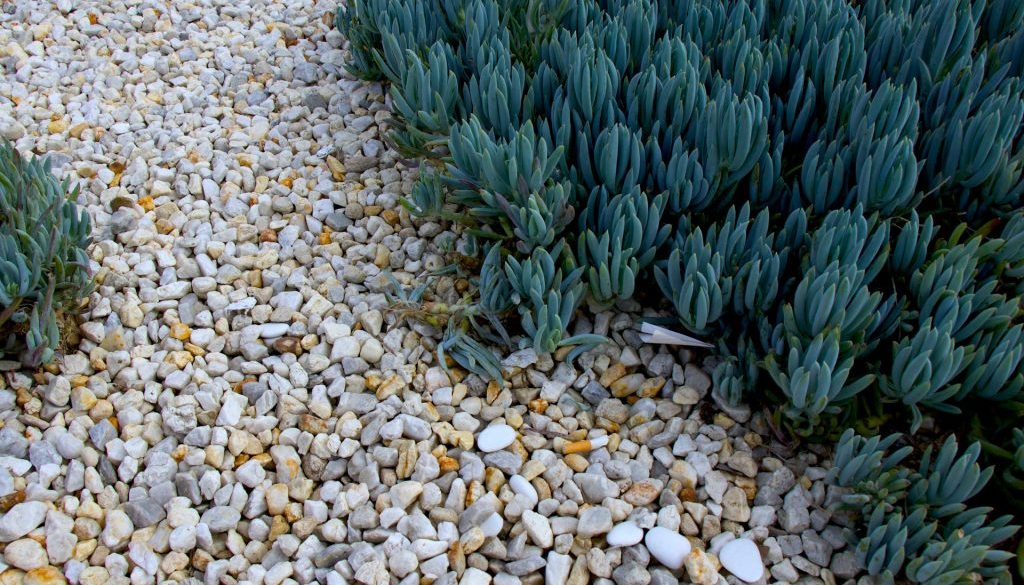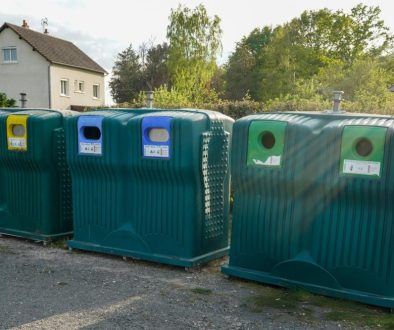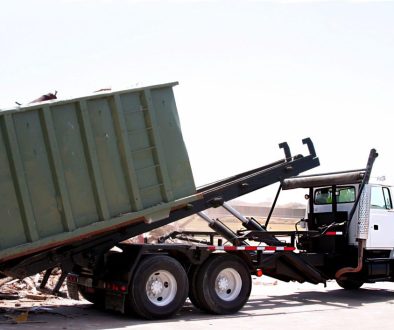Garden drainage issues can be frustrating for any homeowner. Water pooling in your garden after a heavy rainstorm not only harms your plants but also turns your backyard into a muddy mess. Finding a long-term solution becomes essential to keep your garden healthy and thriving. Recycled aggregates offer an effective remedy for drainage headaches, serving as an eco-friendly and practical choice. These materials, often made from crushed concrete, asphalt, or stone, provide a sustainable option to improve your garden’s drainage system without costing the earth.
If you’re dealing with garden drainage problems in Macclesfield, using recycled aggregates might be a great solution. As spring approaches and we look forward to spending more time outdoors, ensuring proper drainage can be key to maintaining a lush garden. It’s worth considering how recycled materials can help manage water flow and keep your plants happy. Let’s explore how understanding common drainage problems can set the stage for solving them effectively with recycled aggregates.
Understanding Garden Drainage Problems
Garden drainage issues can arise for a number of reasons. Recognising these problems is the first step toward resolving them. Here are some common causes and signs that your garden might be struggling with poor drainage:
1. Heavy Clay Soil: Clay soils have tiny particles that clump together, reducing water drainage and causing it to pool on the surface.
2. Compacted Soil: Frequent foot traffic or heavy machinery can compact the soil, making it hard for water to penetrate and drain away.
3. Excess Watering: Sometimes, too much love can be detrimental. Overwatering your plants can saturate the soil, leading to drainage problems.
4. Poor Garden Design: A garden that slopes toward your house or has areas where water naturally gathers can exacerbate drainage issues.
Signs that your garden is suffering from poor drainage include:
– Puddles forming after rain that don’t disappear quickly.
– Plants turning yellow, suggesting their roots are drowning in too much water.
– A mossy or muddy garden surface, indicating excessive moisture retention.
Once you identify a drainage issue, selecting the right solution becomes easier. Implementing recycled aggregates into your garden design can significantly improve drainage, enhance plant health, and maintain the overall appearance of your property.
Benefits of Using Recycled Aggregates for Drainage
Recycled aggregates are materials produced from reused construction debris such as concrete, asphalt, or stone. They’re a handy choice for improving garden drainage, offering both environmental and practical perks. By opting for recycled materials, you reduce waste that would otherwise end up in landfills, contributing to a healthier planet. Additionally, these aggregates often come at a lower price, making them a cost-effective choice compared to new resources.
In terms of drainage, recycled aggregates are effective at reducing water logging. They provide the right amount of gaps and spaces for water to easily flow away. This kind of material can improve the soil’s structure, preventing compaction and enabling better water infiltration. So, if you’re tired of watching your garden turn into a swamp after each downpour, these resources could simplify your life significantly. They fit seamlessly into various landscaping designs, enhancing both function and appearance.
How to Use Recycled Aggregates for Drainage Solutions
Adding recycled aggregates to your garden involves a few straightforward steps. First, you’ll need to prepare the area by clearing away any obstructions. Ensure the ground is level to enhance drainage efficiency. Identify areas that frequently collect water to target with the aggregates.
1. Select Your Aggregate Type: Choose from different types like crushed concrete or asphalt, depending on your garden’s design needs.
2. Prepare the Site: Remove plants and level the land where you plan to enhance drainage.
3. Apply the Aggregates: Spread a layer of recycled aggregates evenly across the problem area. Use a rake to distribute them properly and ensure they’re level.
4. Compact the Surface: Gently compact the aggregate layer, ensuring it’s tight enough to support weight while allowing water to pass through.
5. Test the System: Once installed, check for effectiveness by observing how well water drains after a rainfall or during watering.
Maintaining Your Garden Drainage System
Regular inspection of your garden drainage system is essential to keep everything functioning smoothly. Look out for areas where water starts to pool and address them promptly to avoid mould and root rot. Seasonally, it’s a good idea to replenish the aggregate layer, adding more material if the ground appears compacted or worn down, especially in Cheshire’s variable climate.
By staying on top of maintenance, you ensure your garden thrives throughout the year. Regular checks not only maintain effectiveness but also extend the lifespan of the materials used. In doing so, you protect your plants from excessive moisture and maintain a more enjoyable outdoor space.
Summing Up Your Garden Drainage Solution
Using recycled aggregates for garden drainage transforms not only your garden’s health but also its longevity. You’re indulging in a green practice that conserves resources and revitalises your outdoor spaces. This approach is particularly beneficial for those safeguarding their gardens against persistent water issues.
Consider implementing these eco-friendly solutions in your own backyard to maintain a lush and vibrant garden. And when it’s time to dispose of garden waste or embark on a larger project, you might explore options to hire a skip in Macclesfield for a smooth and efficient process.
To keep your garden lush and thriving while managing waste effectively in Cheshire, consider the benefits of choosing to hire a skip in Macclesfield with Enviro Skip Hire. This eco-friendly solution supports your garden drainage efforts while streamlining waste removal for a cleaner, more sustainable outdoor space.




